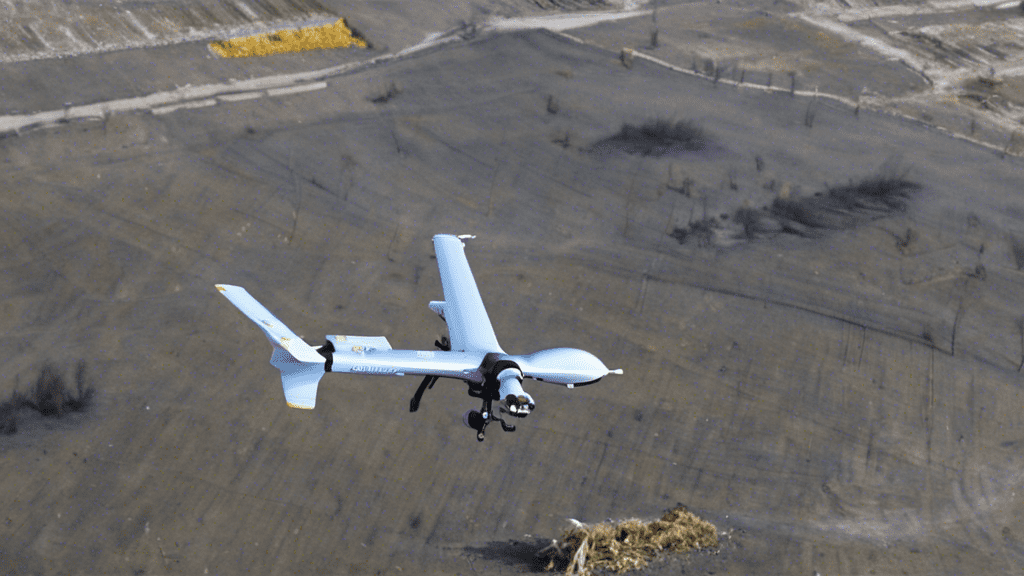On November 2, 2024, the skies over Ukraine were once again darkened by the threat of drone warfare as Russia launched an extensive drone attack. A total of 71 Iranian-made Shahed drones were sent spiraling towards Kyiv and other regions, marking a significant escalation in the ongoing conflict. These drone attacks have become a familiar horror for the Ukrainian people, as the war rages on.
Despite the sheer number of drones in this assault, Ukrainian forces showed remarkable resilience. Thanks to their robust air defense measures, they were able to intercept or disrupt most of the drones. Reports indicate that 39 drones were shot down, while an additional 21 were lost due to effective electronic warfare deployed by Ukraine. Unfortunately, five drones managed to turn back towards Russian-controlled territory, leaving a lingering question of how many more attacks could come.
Devastation in Kyiv
The aftermath of the attacks left a wave of destruction in Kyiv, where debris from the intercepted drones wreaked havoc across six city districts. A notable incident occurred in the Sviatoshynskyi district, where a 16-story residential building was struck, resulting in a fire and injuring two occupants. It was a stark reminder that modern warfare can have grave implications on civilian life.
In total, Kyiv reported two injuries, with one person requiring hospitalization due to the fallout from these aerial assaults. As the Ukrainian capital grapples with the aftermath of these drone strikes, residents realize even more the cost of war—both physical and emotional.
Beyond Kyiv: The Ripple Effect
The drone attacks did not spare other parts of Ukraine. Regions such as Sumy, Poltava, and Kharkiv faced the brunt of the assault, experiencing their own share of casualties and infrastructure damage. In particular, Sumy was hit hard when a Russian drone struck a nine-story building, injuring five people, one of whom was severely hurt. These incidents highlight the indiscriminate nature of drone warfare, which threatens lives regardless of location.
Wider damage extended beyond buildings to the roads and vehicles in the surrounding areas, creating a sense of vulnerability across multiple regions. Ukrainian President Volodymyr Zelenskyy responded by emphasizing the continuous nature of this threat; drone attacks have evolved into a significant tool of Russian aggression, indicating that Ukraine’s struggle for safety is far from over. As air raid alerts echoed through the day, Ukraine’s air force remained steadfast in its defense, readying themselves for the next potential strike.
In this ongoing saga, the relentless drone strikes represent more than just military tactics; they symbolize a bitter reality for Ukrainians learning to navigate life under the shadow of war. As residents and leaders alike brace themselves for the challenges ahead, the hope for peace and security remains, surrounded by the grim reality that this conflict is still very much alive.
